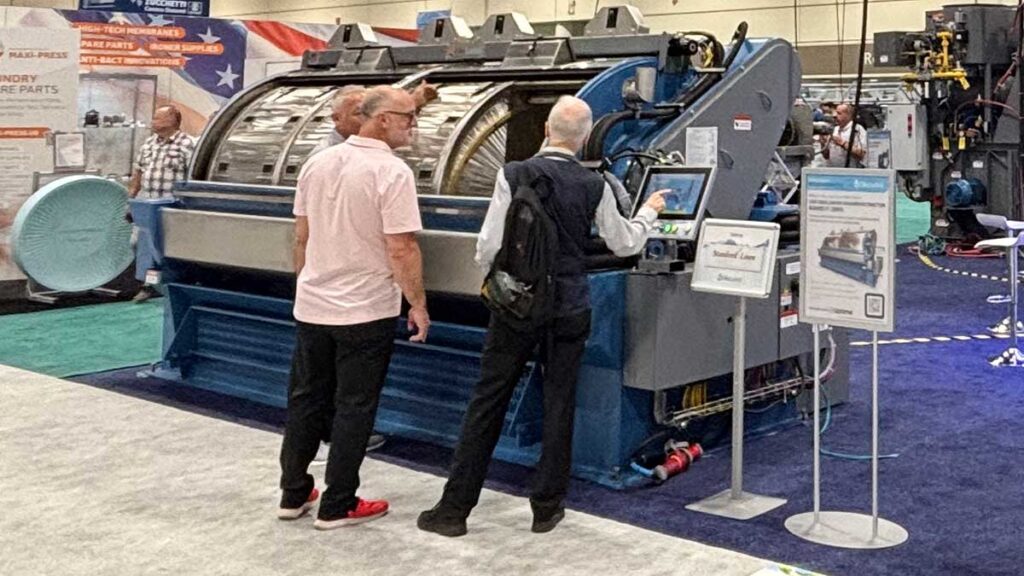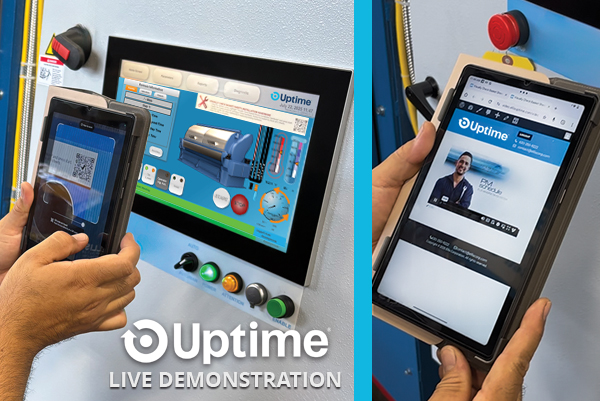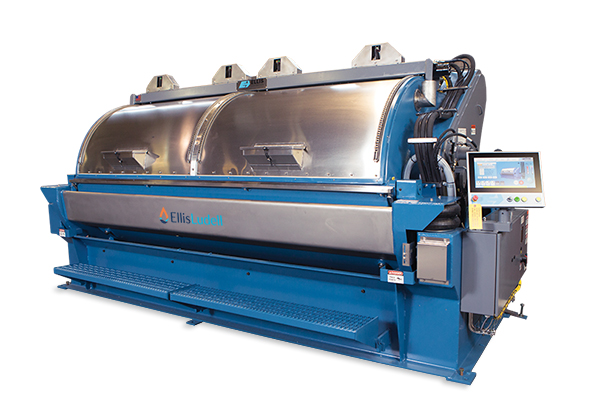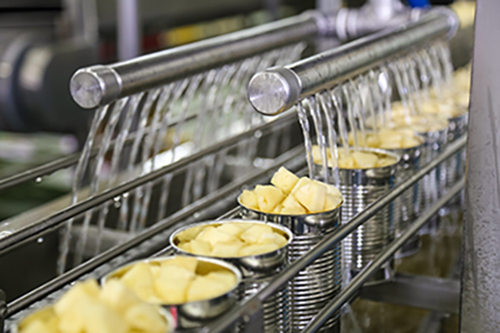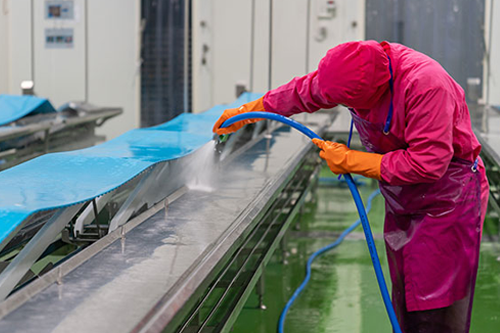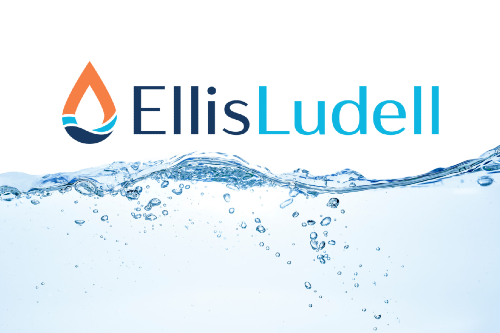Why Don’t All DAF Solids Float?
The primary pollutants that Dissolved Air Flotation (DAFs) remove from wastewater include Total Suspended Solids (TSS), Fats. Oils, and Greases (FOG) and Insoluble Biochemical Oxygen Demand (BOD). Insoluble BOD are organic suspended solids that can separate and float to the DAF surface to removal from the system.
The success to dissolved air flotation is attaching the air bubbles to the chemically separated floc particles. Quite often you will read papers or articles that refer to the meaning of “DAF” as “Doesn’t Always Float.”
Dense suspended solids will settle and not float. For example, sand is dense and would settle to the bottom of the flotation cell. Some wastewater chemical treatment programs incorporate bentonite clay to help absorb oils and greases. Not all bentonite clays can be used for wastewater treatment. Like sand, some of the bentonite clay particulates are dense and will settle to the bottom of the DAF.
Many industrial wastewaters are emulsions. These can be the result of a cleaning process where chemicals such as surfactants are used. Surfactants add negative charges to the soil particles. These charged particles repel each other so that they cannot reattach to the surfaces that were just cleaned. Emulsions can also be the result of mechanical action, breaking the particulates into minute microparticles that will not easily form larger particles or separate in a Dissolved Air Flotation System.
Quite frequently, wastewater treatment chemicals such as coagulants and flocculants are used to neutralize the like charges on the soil particles so that they can collide to form larger microfloc particles. Flocculants are long-chain high molecular weight chemicals that attach to the microfloc particles to form larger macrofloc particles. Air bubbles attach themselves to these particles and float to the surface forming a sludge blanket.
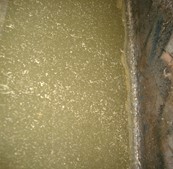
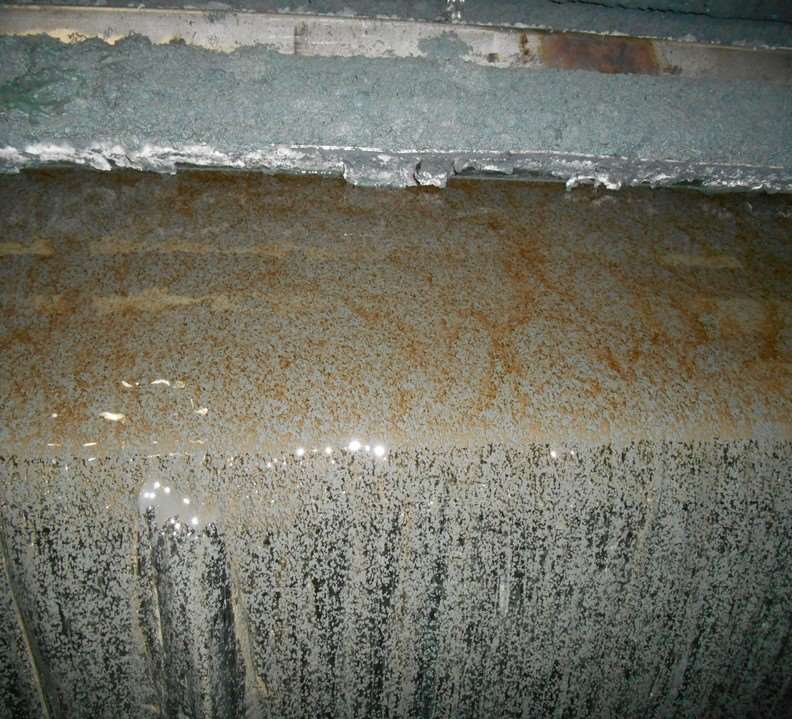
If the wastewater treatment chemicals are not properly applied, they can cause carryover or noncompliance of the effluent. The treated effluent is recycled back through the aeration system where the microbubbles are added. If there are excessive solids carryover in the effluent not all of the microbubbles will be able to attach to the floc particles and will flow out to the sewer potentially causing noncompliance with effluent discharge limitations.
Additionally, if the wastewater treatment chemical dosages cannot break the negative charges then the pollutants such as fats, oils, and greases will reject the air bubbles producing a very cloudy, poor effluent quality. This will also lead to noncompliance.
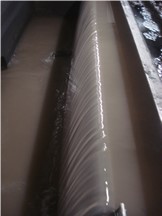
Contact Us
We are here to answer your questions about water treatment, water heaters, and/or laundry equipment. Whether you need to replace existing equipment or engineer a whole new solution, contact EllisLudell for a solution right for you.
Related Blogs
Clean Show 2025 Recap: The Sideloader Leads the Way
Clean Show 2025 proved once again that EllisLudell is a force in industrial laundry. From the moment…
Whisper Dryer: Quiet Power That Speaks Volumes
Some dryers make noise. This one makes results. The EllisLudell Whisper Dryer is not just built for…
Uptime® – Equipment That Knows Exactly What to Do
Some machines run. Others think. Then there is the kind that changes how your team works from…
The Smarter Way to Clean Water Starts Here. Where Water Is Not Just Clean, It Is Competitive.
You do not just need water filtration. You need water control. You need fewer chemicals in your…
This Is What Intelligent Laundry Looks Like. Meet the Sideloader Built to Work
Let’s cut to it. You’re not in this industry for fluff. You need machines that show up,…
Why EllisLudell’s Certified DCWH Sets a Higher Standard
See It First at The Clean Show What you’ll see at booth 2811 at The Clean Show…
The Cost of Cutting Corners in Industrial Laundry: What You Risk with a Non-Certified Water Heater
In industrial laundry operations, cost and lead time often drive equipment decisions. But when your water heating…
Certified Water Heaters Protect Temperature and Product Quality in Food Processing
Food safety is not just a priority. It is a requirement that touches every decision you make…
NSF Certification: A Critical Standard for Food Processors
In the food processing industry, water plays a central but often underappreciated role. It supports sanitation, blending,…
Challenges in Operating Industrial Wastewater Treatment Systems
There are major challenges facing operators of industrial wastewater treatment systems that can affect the major overall…

